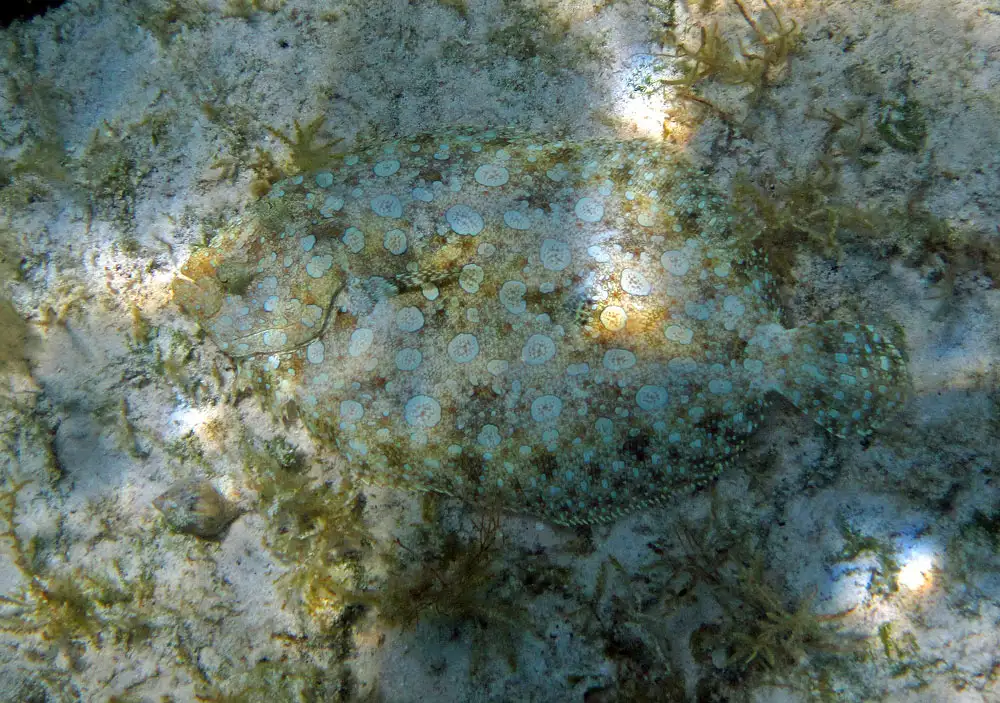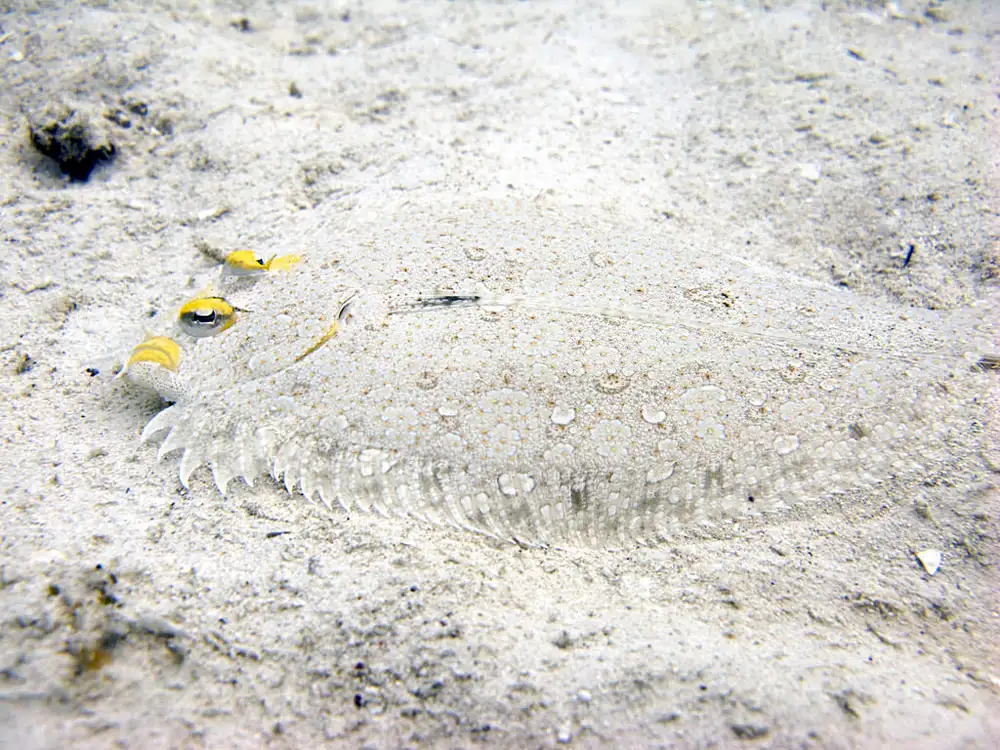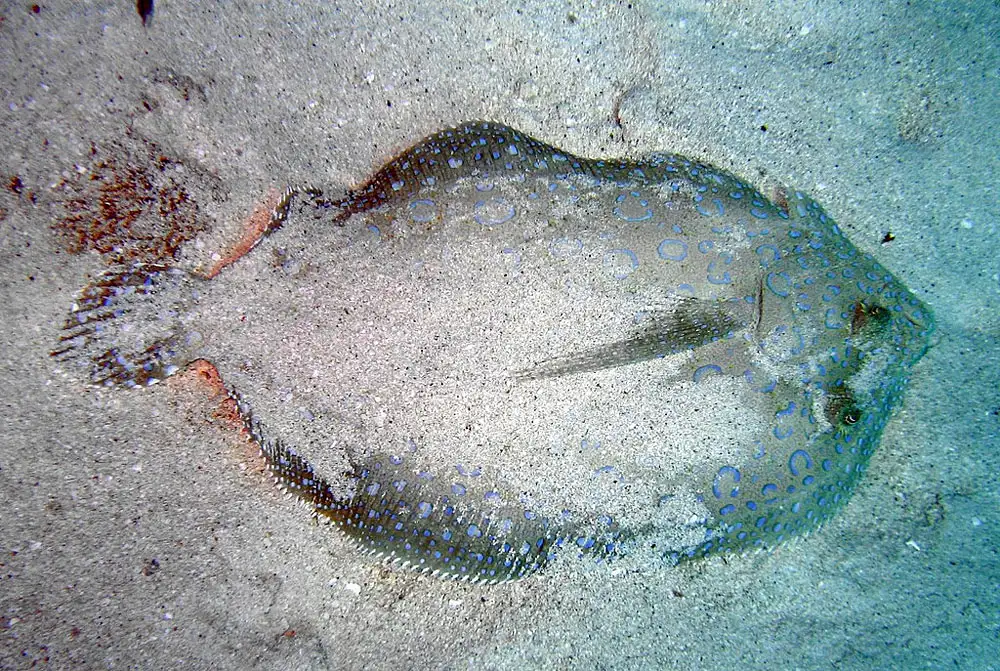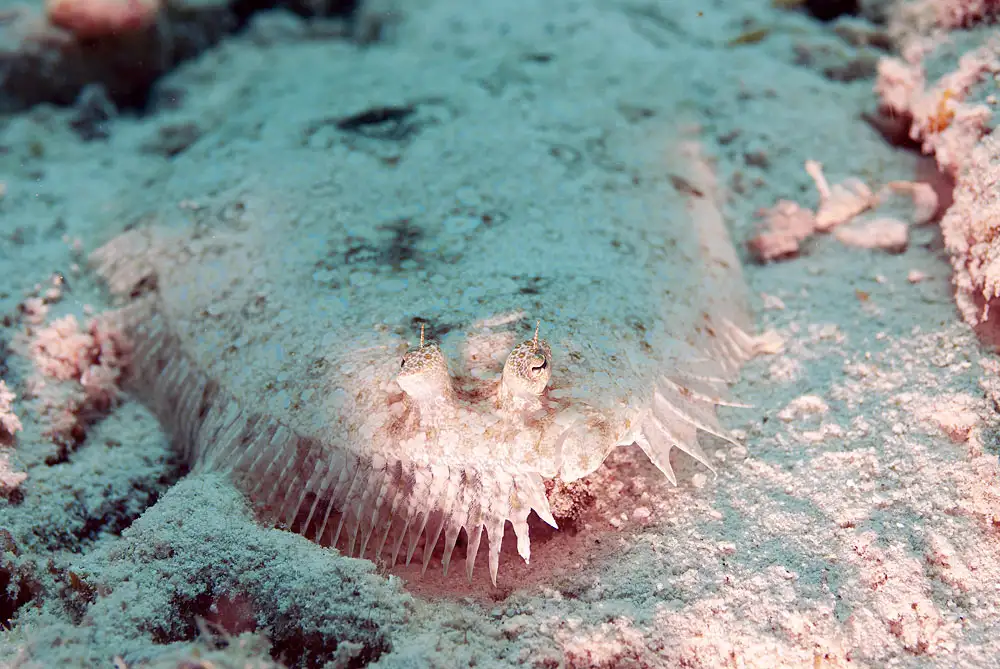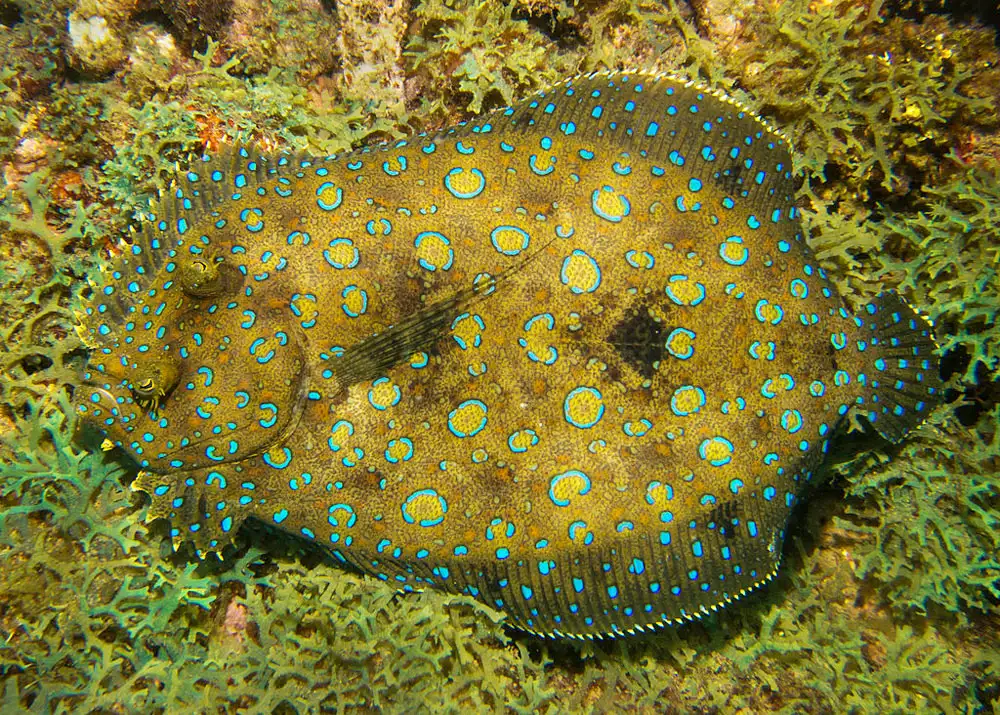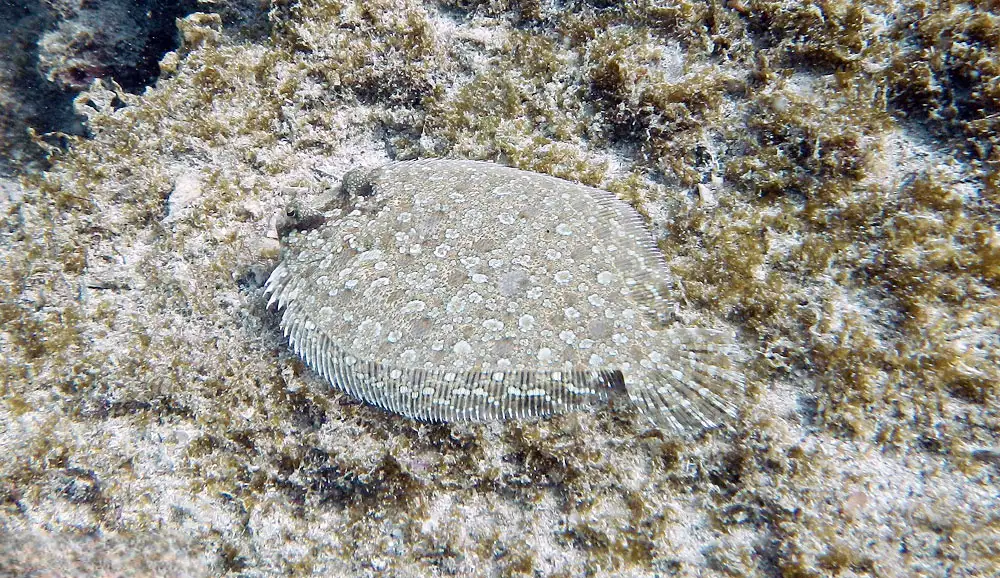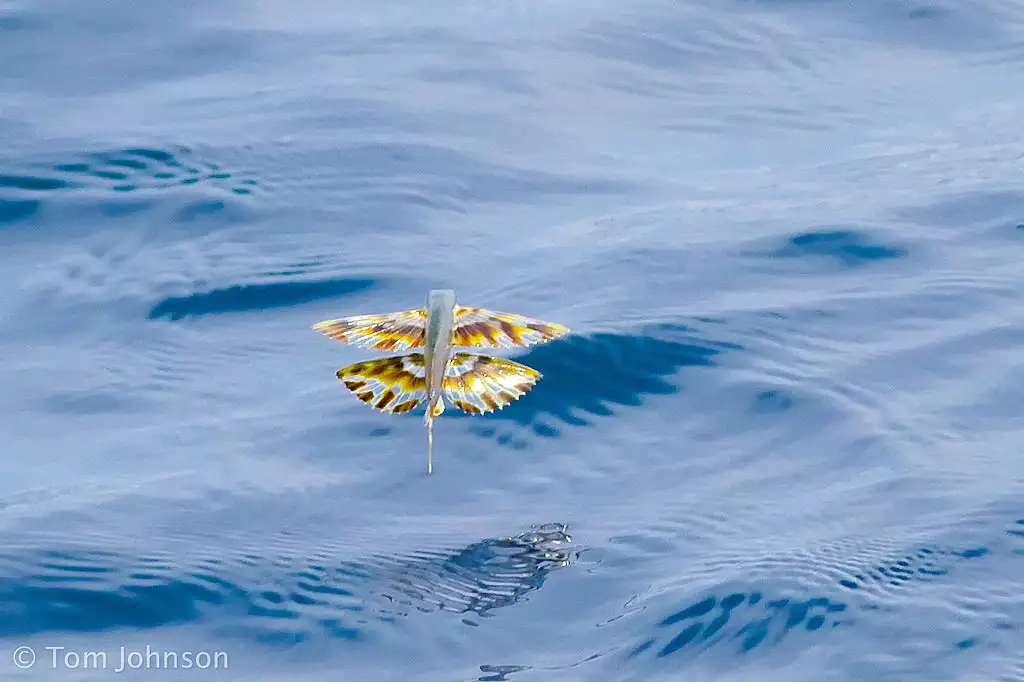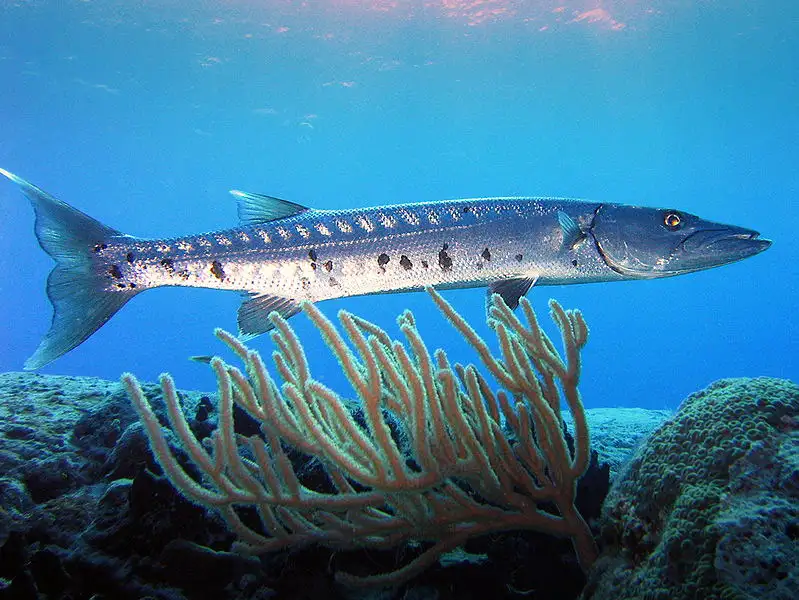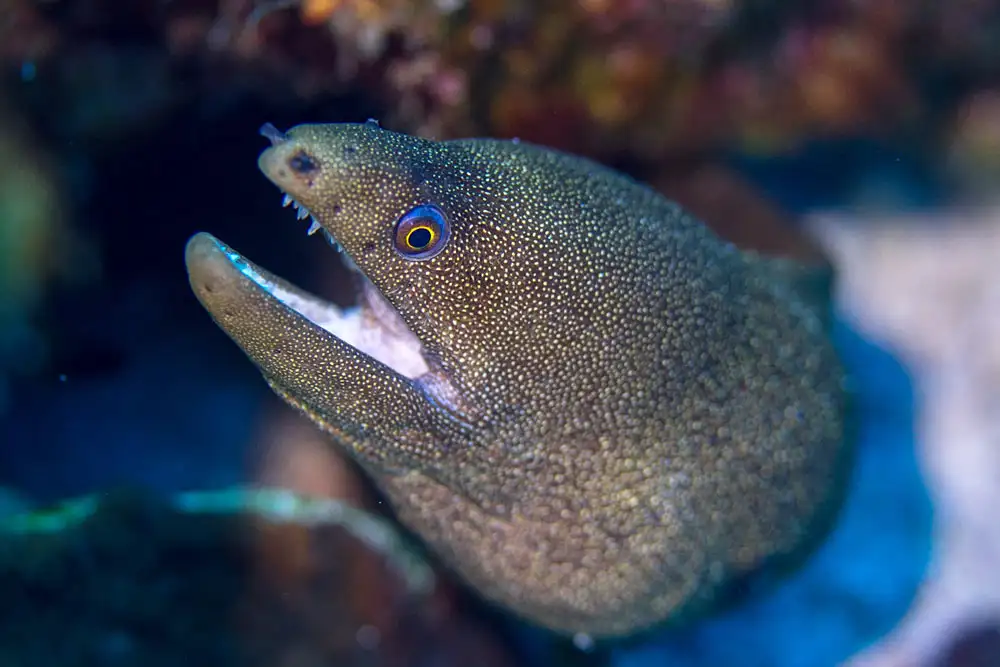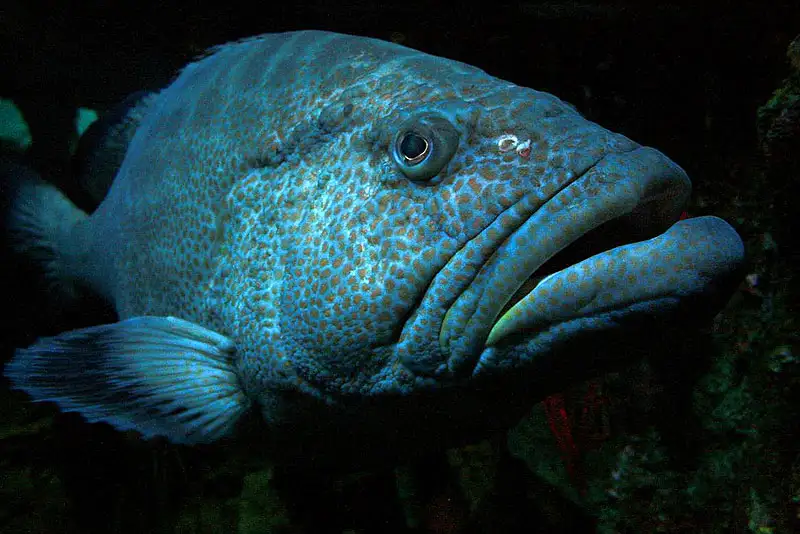Pleuronectiformes (Flatfishes · Order Overview)
IUCN
LCBasic Information
Scientific classification
- name:Pleuronectiformes (Flatfishes · Order Overview)
- Scientific Name:Pleuronectiformes
- Outline:Medium Fish
- Family:Pleuronectiformes Pleuronectidae Bothidae Soleidae
Vital signs
- length:10–200 cm depending on species
- Weight:From tens of grams to >100 kg in largest halibuts
- lifetime:5–20 years; longer in large cold‑water taxa
Feature
Metamorphic eye migration; extreme lateral compression; crypsis/burial; benthic predation.
Distribution and Habitat
Global continental shelves/slopes on sand/mud; some estuarine/freshwater incursions.
Appearance
Both eyes on one side; long dorsal/anal fins; variable mouths/teeth; upper side patterned, underside pale.
Details
Pleuronectiformes—the flatfishes (flounders, soles, turbots, halibuts)—are defined byeye migration during metamorphosis. Larvae are bilaterally symmetric; as they develop, one eye moves to the other side and juveniles settle to the bottom, adopting a lateral, asymmetric body plan.
Ecology & Biology
Diet: mostly benthic predators of fishes, crustaceans, molluscs and polychaetes; some take detritus.
Reproduction: predominantly pelagic spawners; eggs/larvae are planktonic, with post‑metamorphic settlement.
Behaviour: adept at crypsis and partial burial; many species are crepuscular/nocturnal foragers.
Identification
Eye side: adults bear both eyes on one side (“right‑eyed” vs “left‑eyed” clades). Pleuronectidae are usually right‑eyed; Bothidae mostly left‑eyed (with exceptions).
Body: extremely laterally compressed, oval to rhomboid; long dorsal/anal fins along the margins; mouth/teeth vary with feeding mode.
Camouflage: the eyed (upper) side can change colour/pattern to match the substrate; blind (lower) side is typically pale.
Size & Longevity
Length: from 10–20 cm soles to over 2 m (e.g., halibuts).
Life: commonly 5–20 years, longer in large cold‑water taxa.
Range & Habitat
Worldwide on continental shelves and slopes over sandy/muddy bottoms, from tropics to polar seas; a few species enter estuaries or freshwaters.
Fisheries & Management
Value: many families support major food fisheries (halibut, turbot, plaice, soles).
Management: bottom trawls impact habitats; combine size limits, seasonal closures, spatial protections and habitat restoration.
IUCN: this is an order‑level overview; statuses vary widely among species (LC–EN). Marked here as Not Evaluated (NE).
FAQ
Q1. How to tell left‑ from right‑eyed flatfishes? The eyed (upper) side faces up when resting: most Pleuronectidae are right‑eyed and most Bothidae left‑eyed—verify with fin ray counts, bones and pattern.
Q2. Why are they good at hiding? They possess chromatophores for rapid colour/pattern shifts and can bury in sand.
Q3. Relationship to soles/tonguefishes? These are distinct families within the order differing in mouth shape, body profile and habitats.
Q4. Do any live in fresh water? A few species enter estuaries or freshwaters, but most are marine or euryhaline.

